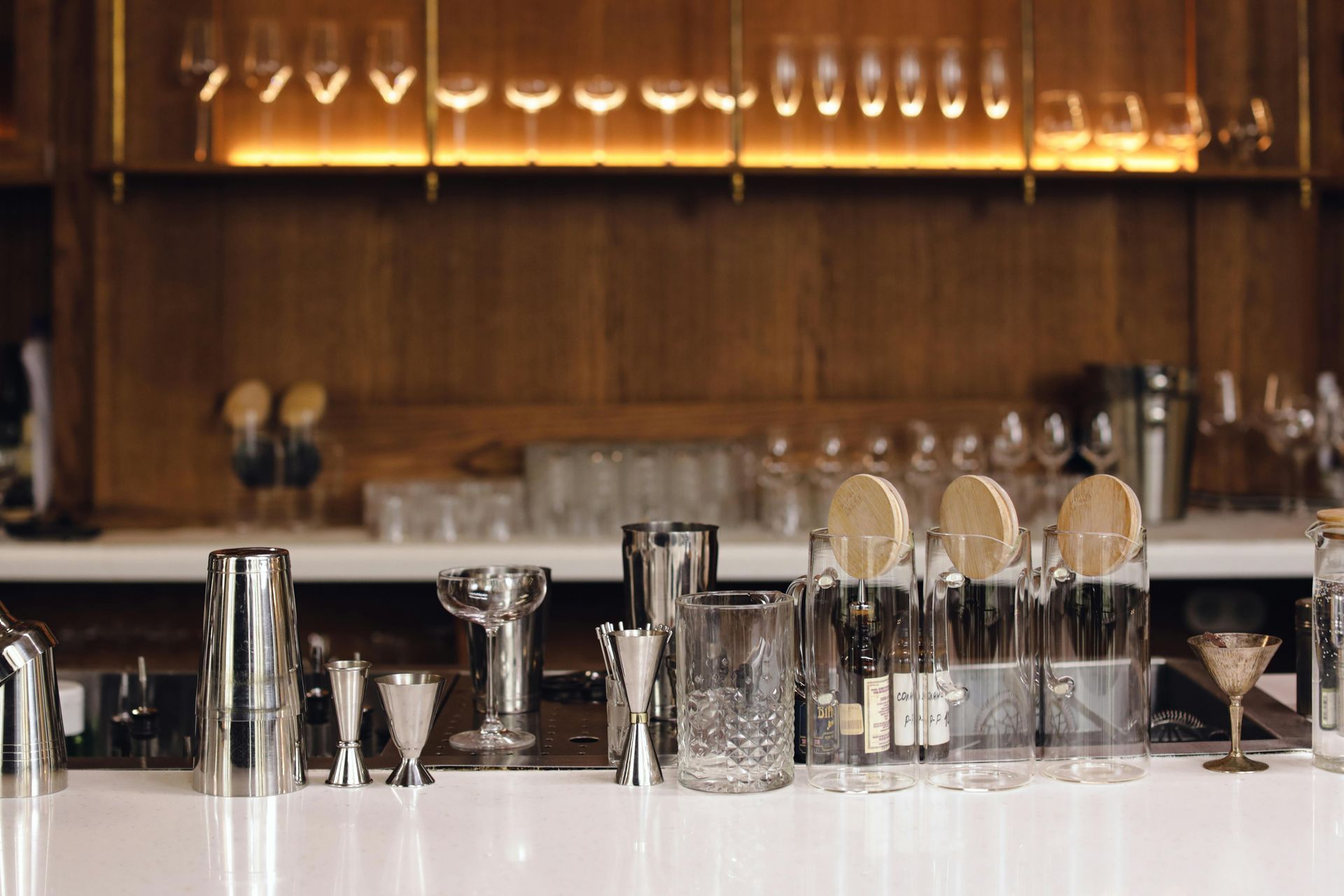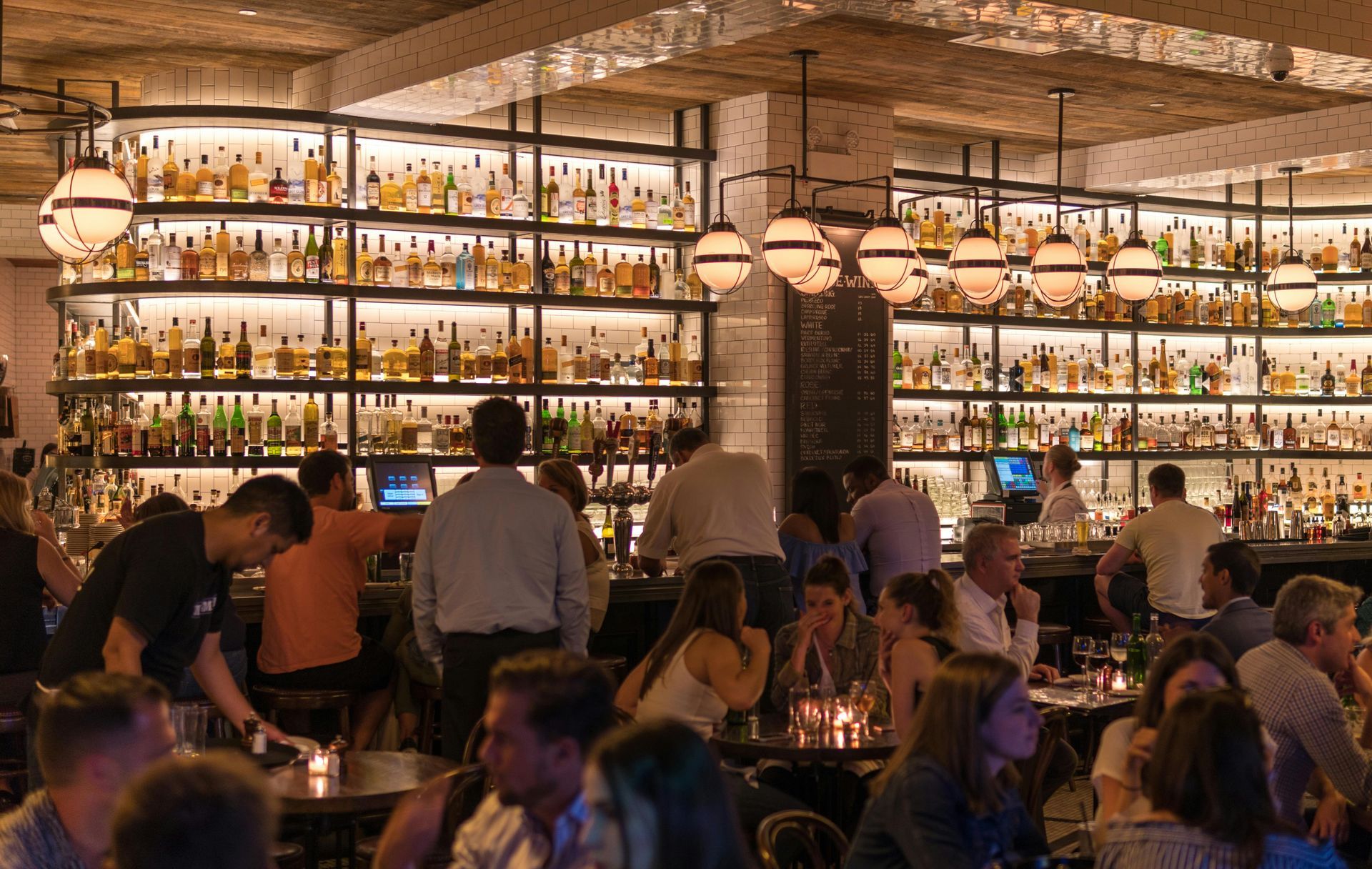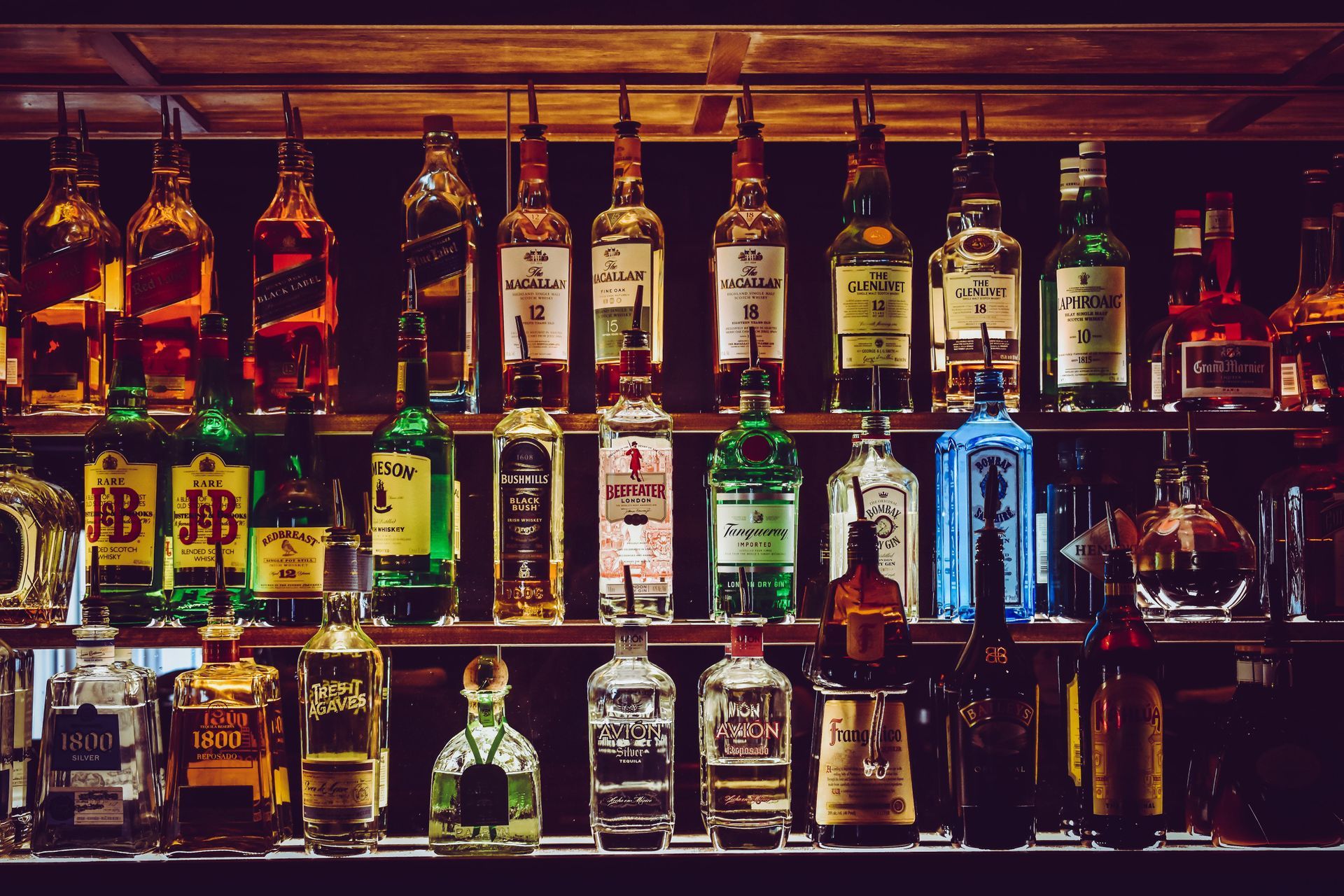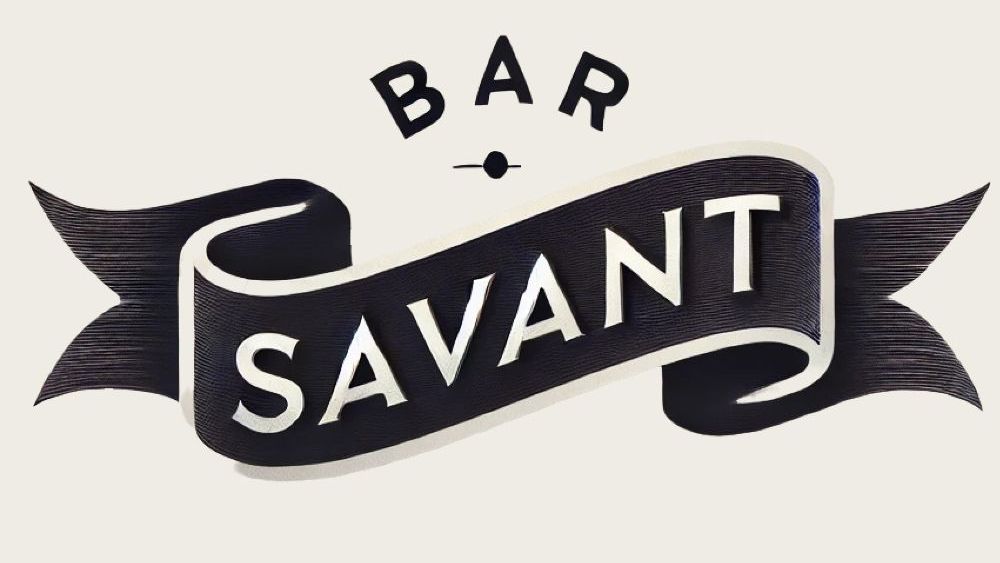
Blog Layout
Metrics and Feedback
Gettye Goins • December 13, 2024
In the fast-paced world of craft cocktail bars, success isn’t just about the immediate thrill of a well-executed service. It’s about building a sustainable, thriving operation that consistently delivers excellence. To achieve this, metrics and feedback become indispensable tools. They provide the clarity and insight needed to refine systems, adapt to challenges, and continuously improve. These aren’t just numbers and comments; they are the pulse of the business, revealing what’s working, what’s not, and where there’s room for growth.
Two key metrics serve as the foundation for evaluating success: pour cost and guest satisfaction. Pour cost is a straightforward indicator of financial health. It’s the percentage of revenue spent on the cost of ingredients, and for a craft bar, keeping this number in check is critical. While a slight fluctuation might be acceptable—perhaps due to the inclusion of a high-cost, limited-time offering—sustained increases in pour cost can signal inefficiencies, waste, or pricing issues. Regular monitoring of pour cost ensures that the bar remains profitable without sacrificing quality. It’s not about cutting corners but about making smart, intentional decisions with every purchase and pour.
Guest satisfaction, on the other hand, is the soul of the operation. A profitable bar that doesn’t make guests feel valued won’t stay successful for long. Guest satisfaction is often trickier to quantify, as it encompasses everything from the taste of the drinks to the warmth of the service to the ambiance of the space. To measure this effectively, the bar must rely on both formal and informal feedback. Formal channels, such as online reviews, social media comments, and guest surveys, provide direct insights. These should be monitored consistently—ideally weekly—to identify patterns and respond to concerns quickly. A guest who leaves a glowing review should feel appreciated, while one who raises a complaint should feel heard and respected.
Informal feedback is equally important and often more immediate. Observations during service can reveal a lot about how guests are feeling. Are they lingering over their drinks, clearly enjoying themselves? Are they asking for recommendations or engaging with bartenders? Or are they hurriedly finishing their orders and leaving? Bartenders and servers are in the perfect position to gather this kind of feedback, sharing insights about guest behavior and sentiment in real time. Regular team discussions about these observations help the bar adjust its approach and address subtle issues before they escalate.
Analyzing feedback, however, is only part of the equation. What matters most is how the bar acts on it. When a guest leaves a less-than-positive review, the team should approach it as an opportunity to improve. For example, if multiple reviews mention slow service on busy nights, it may be time to reevaluate staffing levels or streamline workflows. Similarly, if guests rave about a particular cocktail, the bar might consider highlighting it on the menu or creating variations to keep the excitement alive. Feedback-driven adjustments show guests that their voices matter, building loyalty and trust.
To ensure that metrics and feedback translate into actionable improvements, communication within the team is key. Traditional all-hands meetings can be cumbersome and time-consuming, so many bars opt for more efficient methods. Group chats, shared documents, or brief pre-shift updates allow everyone to stay informed without disrupting the flow of service. For example, a quick message summarizing the week’s reviews or highlighting a new standard operating procedure keeps the team aligned and motivated. Individual follow-ups with team members can also be useful, especially when addressing specific areas for improvement or recognizing outstanding performance.
Recognition and rewards are often overlooked in feedback systems, but they’re vital for building a positive, motivated team culture. When a bartender’s new cocktail creation receives rave reviews, acknowledging their creativity and effort not only boosts morale but also encourages continued innovation. Similarly, recognizing a barback for consistently keeping the bar stocked and organized reinforces the importance of their role. This kind of positive reinforcement creates a culture where everyone feels valued and invested in the bar’s success.
Beyond day-to-day operations, metrics and feedback play a crucial role in long-term planning. They help identify deeper trends and inform strategic decisions. For example, tracking the popularity of menu items over several months might reveal that guests gravitate toward certain flavor profiles, leading to more focused menu development in the future. Similarly, monitoring pour costs over time can help pinpoint opportunities for better supplier negotiations or recipe adjustments.
Technology can make tracking and analyzing metrics easier and more efficient. Modern point-of-sale (POS) systems often include features for monitoring sales trends, inventory usage, and even staff performance. Pairing this data with guest feedback creates a comprehensive picture of how the bar is performing. However, technology is not a substitute for human insight. The best systems complement the team’s instincts and experience, providing data that supports informed decision-making.
Metrics can also help the bar stay competitive in a crowded market. By benchmarking key performance indicators (KPIs) against industry standards, the team can assess where they excel and where they might need to improve. For instance, if the average pour cost for similar bars in the area is 22%, but the bar’s pour cost is consistently higher, it’s worth investigating whether the issue lies in pricing, sourcing, or waste management. Conversely, if guest satisfaction ratings consistently outshine the competition, that’s a strength worth celebrating and promoting.
Transparency around metrics and feedback fosters a culture of accountability and continuous improvement. When the team understands how their actions impact the bar’s performance—whether it’s reducing waste, upselling premium cocktails, or delivering exceptional service—they’re more likely to take ownership of their roles. Sharing successes and challenges openly creates a sense of shared responsibility, where everyone feels empowered to contribute to the bar’s goals.
In the end, metrics and feedback are not just tools for improvement—they’re a way to stay connected to the bar’s purpose. They remind the team that the work they do matters, both in creating memorable experiences for guests and in building a sustainable, thriving business. By staying attuned to these signals, the bar can continue to evolve, innovate, and deliver the kind of excellence that keeps guests coming back again and again.
The Craft Bar Blueprint
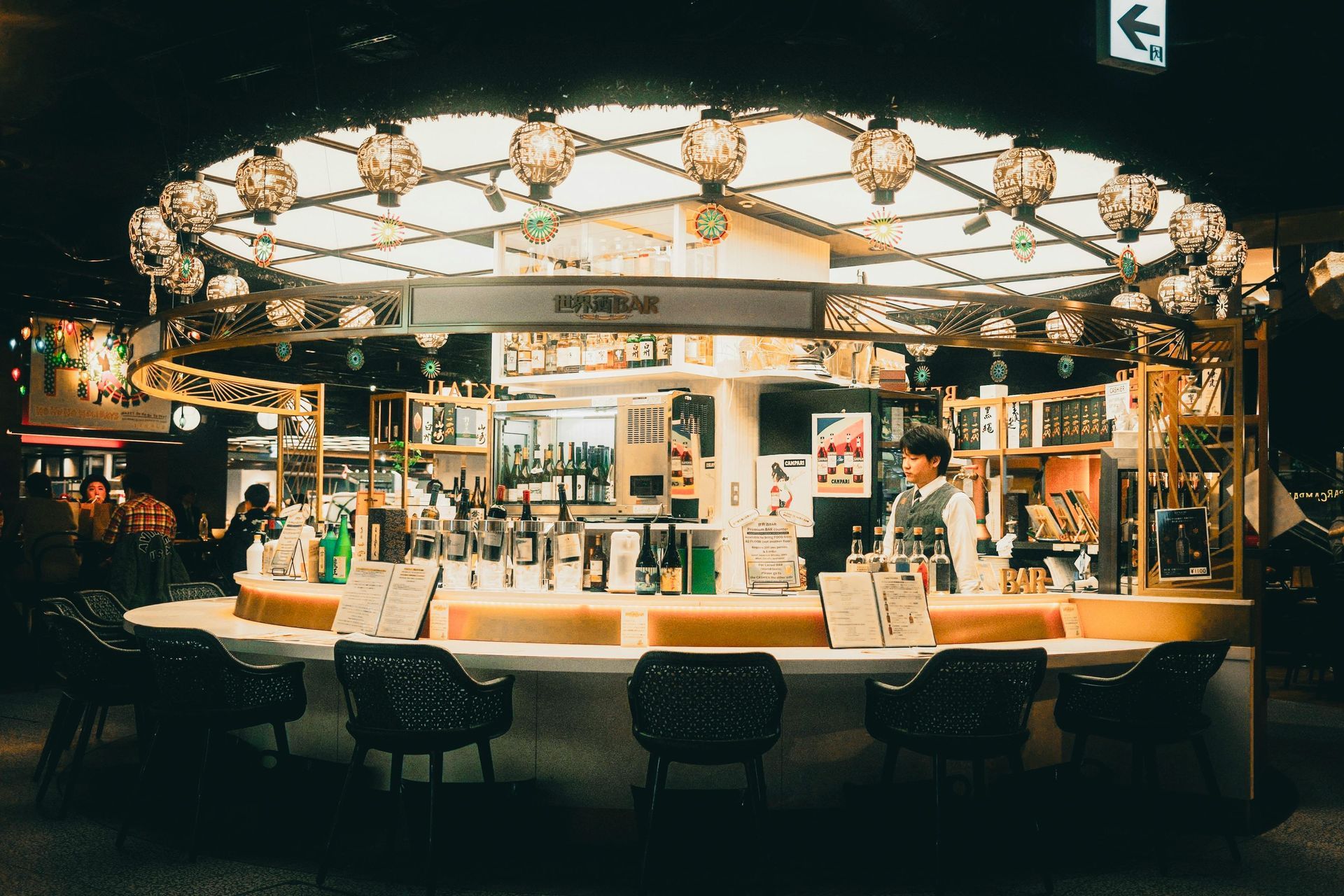
By Gettye Goins
•
December 19, 2024
“Discover expert insights into staffing and team dynamics for boutique craft bars. Learn how to build smaller, efficient teams, balance technical skills with guest interaction, and foster a culture of excellence. Explore strategies for training, staff retention, and creating a collaborative environment where barbacks are valued as future bartenders. Master team management techniques that drive profitability and elevate the guest experience.”
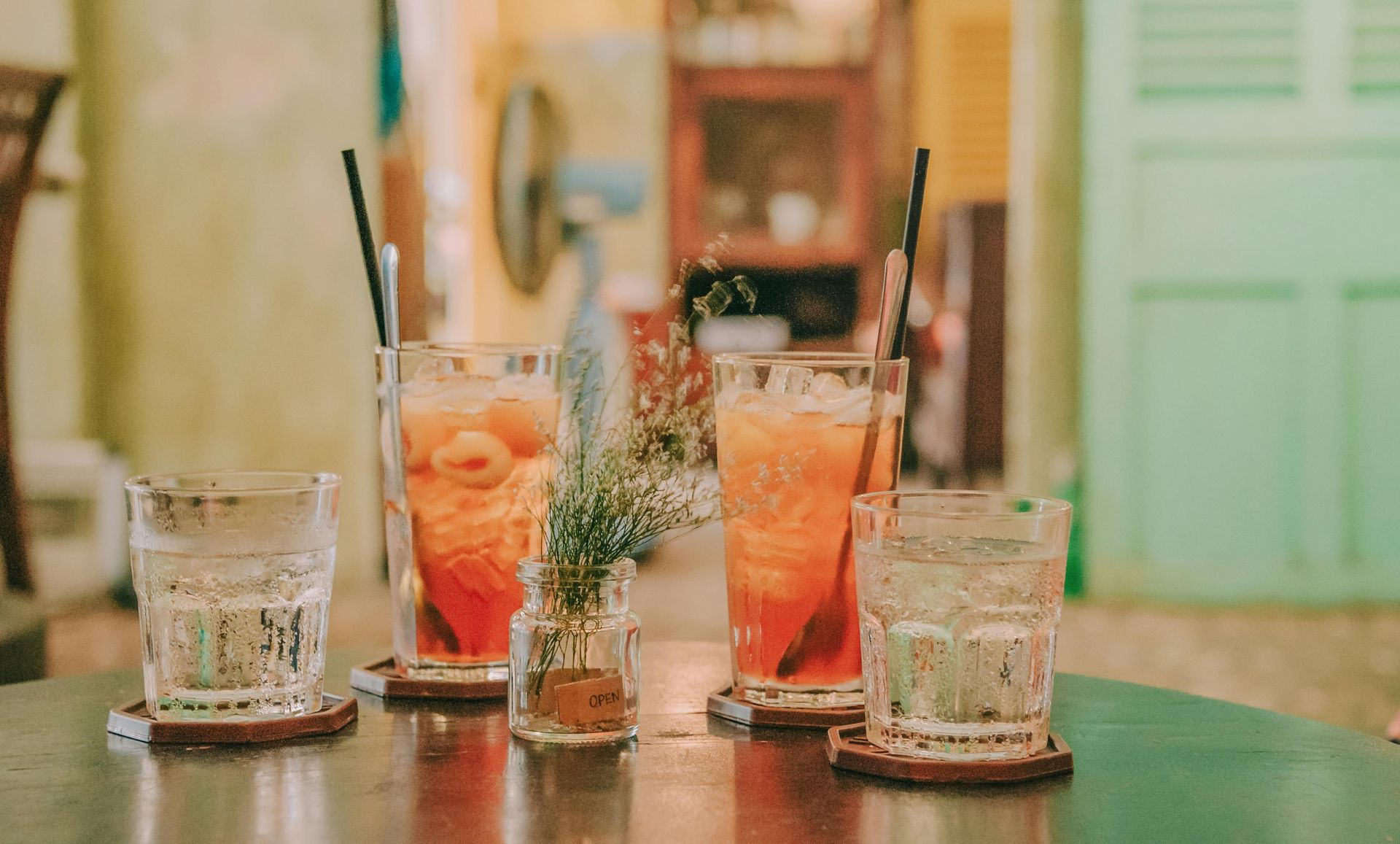
By Gettye Goins
•
December 18, 2024
“Explore expert strategies for menu design and development tailored to craft cocktail bars. Learn how to create curated, seasonal menus that highlight innovation while standardizing classic cocktails for consistency. Discover tips for balancing creativity with cost management, fostering bartender participation, and auditing the guest experience to elevate your bar’s offerings and profitability.”
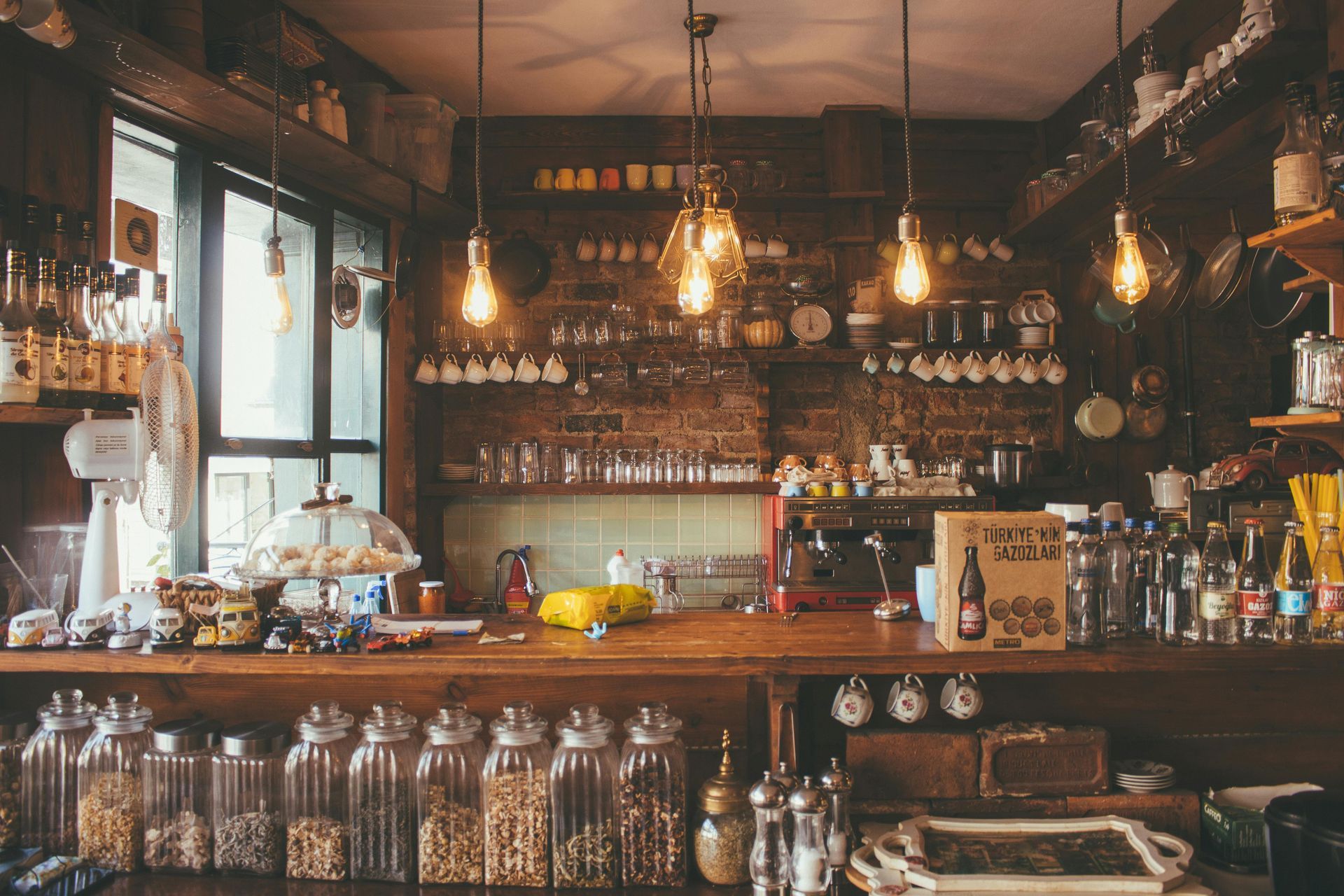
By Gettye Goins
•
December 17, 2024
“Enhance your craft cocktail bar with expert tips on creating a memorable guest experience. Learn how to balance luxury with approachability, engage guests through confident bartending techniques, and tailor service to individual needs. Discover strategies for combining consistency with creativity, fostering a genuine bar culture, and turning every visit into an exceptional experience.”
All Rights Reserved | MixCraft Bartending and Consulting LLC
© 2025

